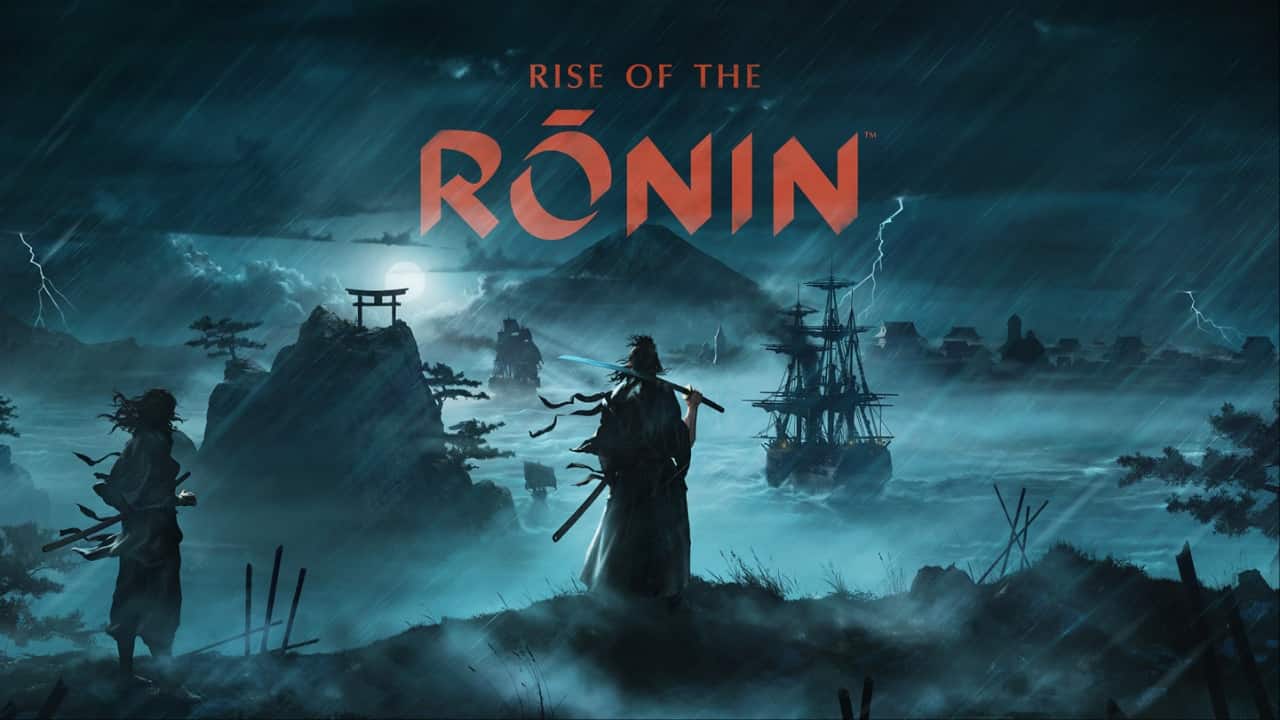Video Gamer is reader-supported. When you buy through links on our site, we may earn an affiliate commission. Prices subject to change. Learn more
Immediately out of the gate, Rise of the Ronin is leaps and bounds ahead of Team Ninja’s previous entry, Wo Long. Thanks to the disappointment of the latter, I was pleasantly surprised to see a meaningful shift away from that to a new style from the devs. However, does that mean the game is good or just that I was expecting it to be much, much worse?
After spending around two hours playing through a limited preview section for Rise of the Ronin, the answer to that question is I am cautiously optimistic this game has the potential to be something special thanks to how it handles combat and exploration.
Your created character is a Veiled Edge, one-half of a twin warrior unit trained by the secretive Kuroso Clan to oppose the Shogunate. Due to various circumstances, you are thrust into the wide open world where you explore the turbulent Edo period of Japan. The scenery of Japan, with all its stunning trees, hills, mountains, and architecture is in full display, making exploration undeniably interesting. Contrasted to the picturesque nature, the towns you visit are full of foreign influence, making for a rather uncomfortable juxtaposition showcasing the West encroaching on the East during this period of history.

Combat is fun and fluid and works in an ebb and flow; you need to pick your times to attack and when to counterattack your foe’s responses in what is snappy, satisfying, and brutal melee combat. Parrying (called Counterspark) is viable, as is blocking, and dodging for defence and all of this is tied to your Ki (stamina). So far, we’ve seen Rise of the Ronin has tweaked systems from Nioh to be much more streamlined and coherent, which is a huge boon to the game’s combat flow.
There are several weapon types to play around with, all of which have different animations, proficiency levels depending on how much you use them, and special martial skills, the latter of which are unique to each weapon type. So far, martial skills have been fairly disappointing. In theory, they are used to help create an opening and deal more Ki damage to your foe, but in practice, these attacks don’t appear to have the impact we’d hoped. Perhaps they will become viable later in the game.
Rise of the Ronin lets you swap characters during fights, and this plays out wonderfully well. You have allies with you at times during missions and you can switch between them at will. When you switch out, the AI takes over your other character. It’s a neat way to keep things interesting and lets you experiment with different styles and weapons.

The four main Skill Trees in Rise of the Ronin will give you new abilities – such as throwing a person with your grappling rope in a hilarious manner – and enhance your damage according to what the tree correlates to. This slightly removes an emphasis on builds and rewards you for investing in multiple skill trees and favouring more than one weapon. Spending skill points also increases your stats, which is how you get stronger.
While we’ve only had a brief taste of the open-world exploration, Rise of the Ronin does a fantastic job of using verticality in a meaningful way. Your character is capable of fantastic athletic feats, and there’s nothing more disappointing than being stopped in your tracks by a knee-high fence or some other silly barrier. These issues – mostly – aren’t the case in Rise of the Ronin, and the jump button, glider, and grappling rope have all impressed with how they can be meaningfully used to reach new vantages, cheese enemies, and find hidden treasures or locations.
It is only natural that people will draw comparisons to the likes of Ghost of Tsushima and Sekiro, and I will say that if you are expecting this to be a clone of these you will be disappointed. Rise of the Ronin doesn’t hold a candle to the likes of Ghost of Tsushima, and it’s more accurate to say it borrows heavily from Sekiro more than anything. However, outside of some surface-level similarities, Rise of the Ronin is markedly different from both of these games.

Where Tsushima excelled as a peerless samurai sim, the focus in Rise of the Ronin isn’t on that conflict, and its combat is more geared towards balancing stamina and racing to deplete a foe’s Ki gauge – think of it simply as Nioh meets open world. This is a far cry from the deadly, precise style in Ghost of Tsushima.
While not necessary, Counterspark is a great way to break enemy Ki, which is extremely similar to deflections in Sekiro. However, you have more options available to you in Rise of the Ronin than just Counterspark, and enemies will sometimes use a combo that you need to parry three times in a row to send them reeling. Add this with the extra combat utility of the grappling rope and several weapon types, and Rise of the Ronin has added its own flair that is almost different enough from Sekiro despite the influence.
It’s thanks to the brilliant combat system Team Ninja has used and evolved from Nioh that Rise of the Ronin can set itself apart. It certainly doesn’t hurt that the scenery and setting are interesting and vibrant. If this remains to be the case for the rest of the game, or if it gets bogged down by bloat and copy-pasted situations and events, remains to be seen.

